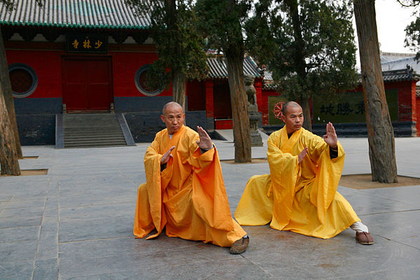Chin Na
Updated:
7 Sep 2020

Learn here
Qinna is the set of joint lock techniques used in the Chinese martial arts to control or lock an opponent's joints or muscles/tendons so he cannot move, thus neutralizing the opponent's fighting ability. Qinna Shu (meaning "technique") literally translates as lock catch technique. Some schools simply use the word na ("hold") to describe the techniques. Qinna features both standing and ground-based grappling techniques. Some Chinese martial arts instructors focus more on their qinna techniques than others. This is one of the many reasons why the qinna of one school may differ from that of another. All martial arts contain qinna techniques in some degree. The southern Chinese martial arts have more developed qinna techniques than northern Chinese martial systems. The southern martial arts have much more prevalent reliance on hand techniques which causes the practitioner to be in closer range to their opponent. There are over 700 qinna traditional techniques found in all martial arts. In the Non-Temple White Crane style there are 150-200 qinna techniques alone. Along with Fujian White Crane, styles such as Northern Eagle Claw (Ying Jow Pai) and Tiger Claw (Fu Jow Pai) have qinna as their martial focus and tend to rely on these advanced techniques. There is no universally accepted systemized form of qinna. Instead, each school varies depending on the instructor's training and/or personal preference of focus.



